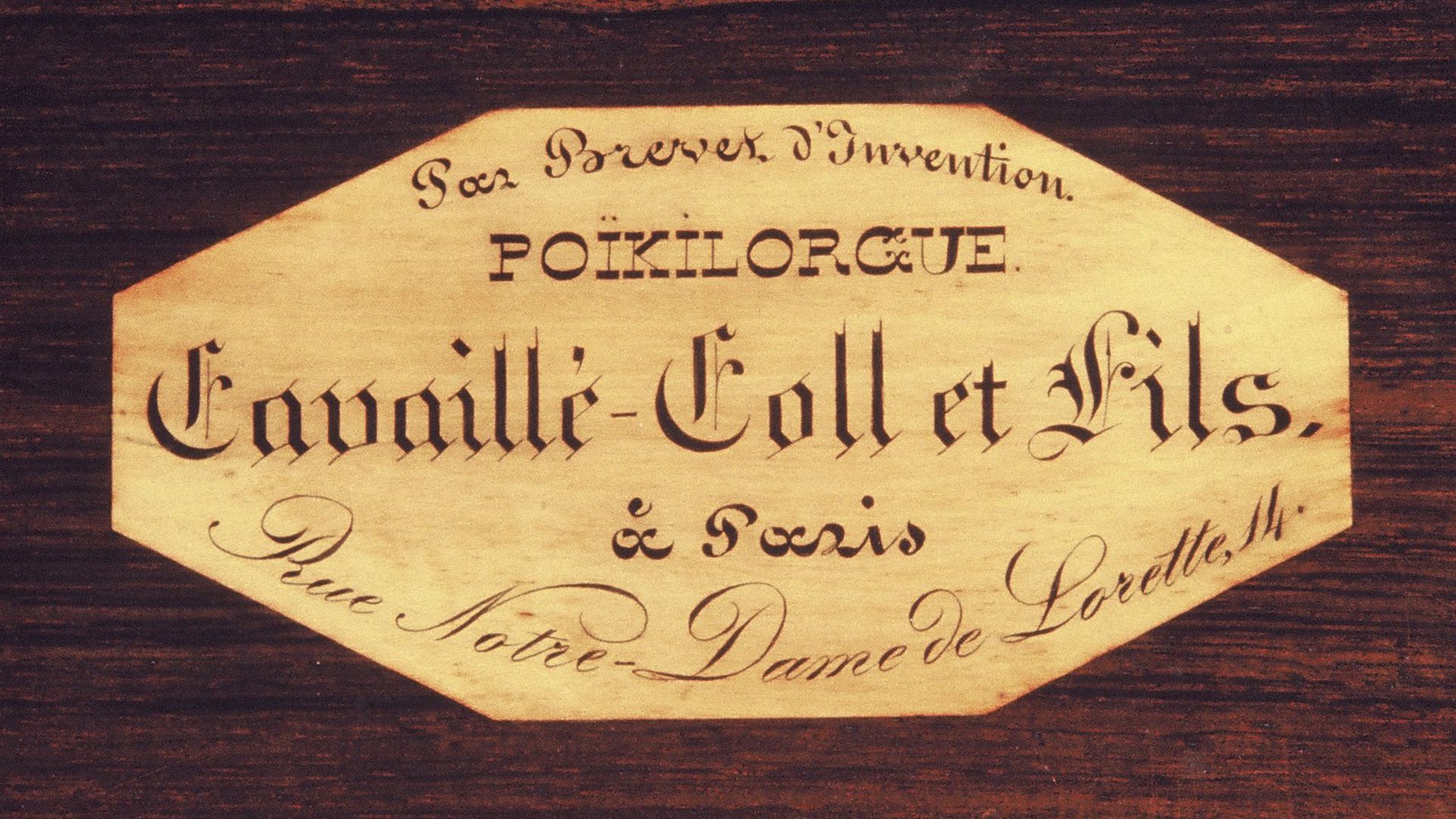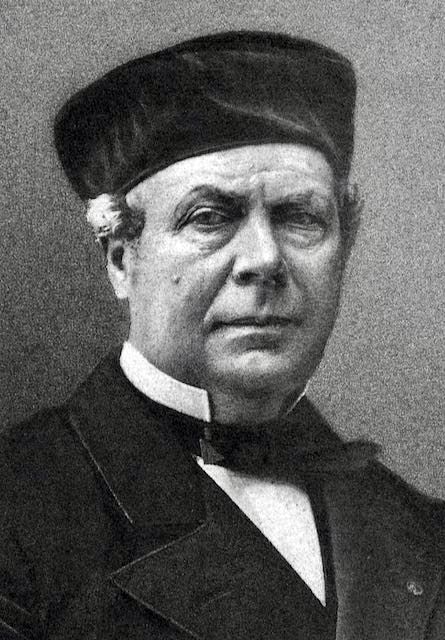
The man
The man who is considered to be the epitomy of the 19th-century organbuilder, and therefore of Romanticism in organ esthetics, embodied the figure of “the right man at the right time.” The French Revolution having undermined everything directly or indirectly related to religion, the creation of organs between 1790 and 1830 largely ceased in France, even if instruments were eventually maintained or even transferred (particularly from disused convents to parishes) and overhauled or renovated).

The Concordat which restored a firm status for the Church (1801), the work of musical-liturgical reformers such as Choron, La Fage or Danjou, the awareness of historical heritage, religious renewal (Chateaubriand, Lacordaire, Dupanloup…), the creation of an organ class at the Conservatoire (1819) are among the factors which favored the gradual renaissance of organ culture in France, the fruits of which were to be felt above all in the second third of the century. This is exactly when Aristide Cavaillé-Coll set off to make his fortune in Paris, thereby boldly launching his international career.
However, at that time the musical world was no longer the same as when the masterpieces of the classical organ school were created. Not only did Gossec, Rossini and Boieldieu leave their mark, but Berlioz, Chopin, Liszt among otheres opened the path to new worlds of expression in the art of sound. Thus, bel canto, the piano, the symphony orchestra shook up the very framework of musical creation. The organbuilder could not ignore powerful currents of liturgical and musical conservatism within the Church which still represented, and by far, his main source of making of living; but the future was to be for those who figured out how to find the right balance between reassuring immobility and unbridled innovation which, in the long term, leads to dead ends, sterile excess or marginalization.
Aristide Cavaillé-Coll, a young man not yet 25 years old but motivated by the same creative fire as those who dared “la Fantastique,” the Scherzos, the Etudes à execution transcendante, was to find a way to play his cards (and, when needed, pull strings), asserting his genius, overcoming the throes of business management, obtaining approval within the musical world, imposing his vision, in short, rising to the height of a “Second Grand Siècle” in French art?…
